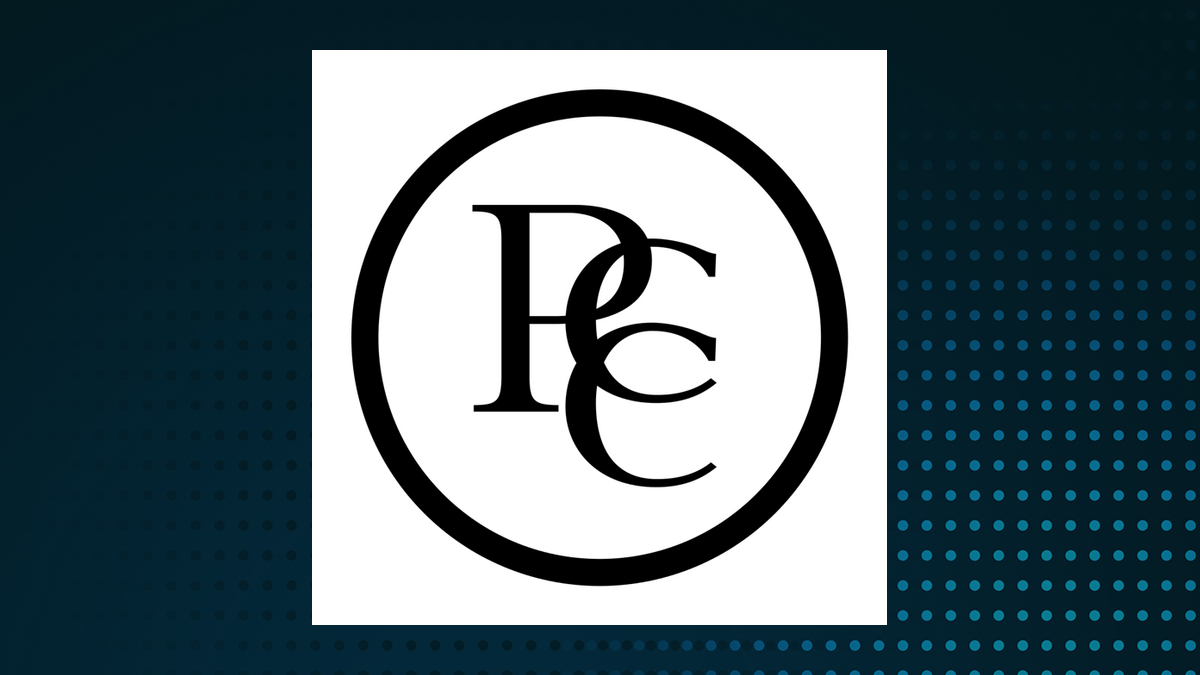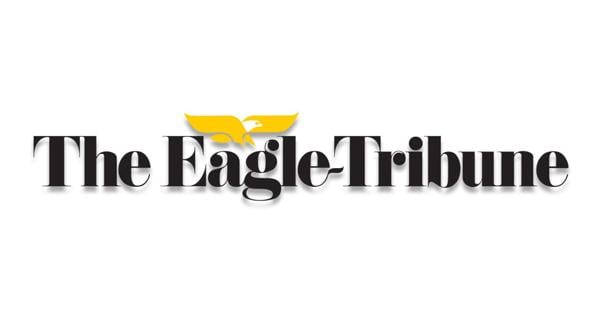The Producer Price Index (PPI) in Australia increased by 1.0% during the third quarter of 2023, a notable rise from the previous quarter’s 0.2%. Year-over-year, the PPI has climbed to 3.5%, slightly up from 3.4% in the previous report. This data indicates persistent inflationary pressures within the Australian economy, suggesting that significant monetary policy changes from the Reserve Bank of Australia (RBA) may not be on the horizon.
These figures, released by the Australian Bureau of Statistics, reflect a steady uptick in production costs faced by businesses across various sectors. The increase in the PPI is particularly noteworthy as it often serves as a precursor to consumer price inflation, which affects everyday Australians.
Implications for Monetary Policy
The rise in PPI coincides with ongoing discussions regarding interest rates in Australia. Economists and analysts are now reassessing their expectations for possible rate cuts by the RBA. With inflationary pressures remaining resilient, the central bank is likely to maintain a cautious stance. The RBA’s next meeting will be closely monitored for any indications of its future policy direction.
The PPI increase reflects a broader trend of rising costs for raw materials and production. Industries such as manufacturing and construction are particularly affected, which can lead to higher prices for consumers. As a result, any anticipated rate cuts may be further postponed.
Market Reactions and Future Expectations
Market analysts have reacted to these figures with a mix of caution and vigilance. The upward movement in the PPI may lead to heightened expectations of continued inflation, influencing consumer confidence and spending patterns in the coming months.
According to leading financial analysts, businesses may need to adjust their pricing strategies as they navigate the impact of rising production costs. The expectation is that companies will either absorb these costs or pass them on to consumers, thereby affecting overall economic growth.
In conclusion, the latest PPI figures for Q3 2023 underscore the challenges faced by the Australian economy. With inflation showing signs of persistence, the Reserve Bank of Australia may be compelled to reassess its monetary policy approach, leaving any rate cuts further down the line. This evolving economic landscape will be critical for businesses and consumers alike, as they prepare for the implications of these changes.






